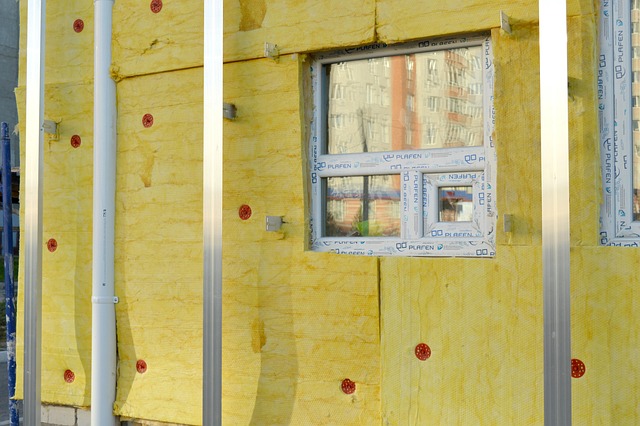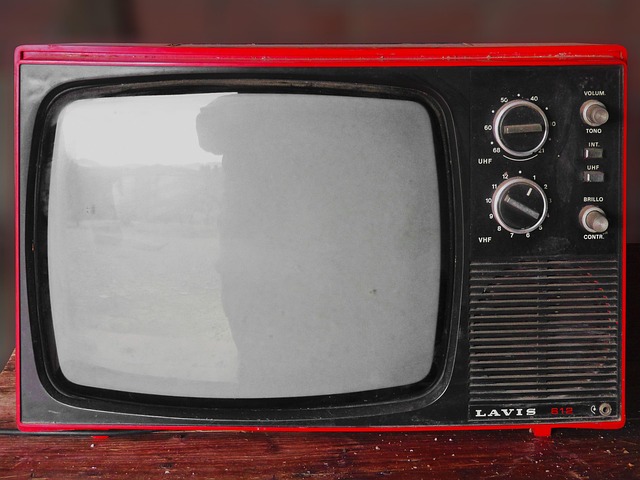Harmonizing Sounds: Exploring Algorithmic Composition in Audio Technology
In today’s digital age, the marriage of technology and creativity has birthed an exciting new frontier: algorithmic composition. This innovative method uses algorithms and computer programs to create musical pieces, giving music an unexpectedly rich texture and depth. As we dive deeper into the realm of audio technology, the way we experience sound has dramatically transformed, enriching our engagement with music, television, and beyond.
The Rise of Algorithmic Composition
Algorithmic composition not only uses computer code to generate melody but also incorporates complex mathematical theories to create harmonies that resonate with the listener. With the help of advanced algorithms, composers can now experiment with soundscapes that were once deemed unthinkable. This exciting technique is gaining traction among artists looking to explore new avenues of musical expression, providing them the freedom to push the boundaries of traditional songwriting.
TV and Music: A New Dimension
As algorithmic composition seeps into the world of television, we see how sound plays a pivotal role in setting the mood and tone. Modern shows are increasingly using algorithmically generated scores to elevate the storytelling experience. The juxtaposition of visuals and sound creates an immersive environment that captivates audiences. The perfect harmony between a thrilling scene and its accompanying composition can evoke powerful emotions, enhancing the viewing experience.
Technic Meets Creativity
The brilliance of algorithmic composition lies in its unique ability to blend technology and artistry. Digital audio workstations (DAWs) enable musicians to employ sophisticated software tools to bring their creative visions to life. The marriage of tech and music allows artists to explore infinite possibilities, allowing for the creation of truly unique sounds and musical pieces that can adapt in real-time, benefiting performances and installations alike.
Visualizing Music with Display Technology
Visualization plays a crucial role in the evolution of audio technology. As algorithms generate music, visualizers accompany the sounds with stunning, dynamic graphics that pulse and change in sync with the audio. This captivating visual experience often engages audiences on multiple sensory levels, creating a memorable synthesis of image and sound. The impact of visualization in audio technology is profound, bridging the gap between auditory and visual art forms.
Monitors: The Window to Artistic Expression
With the advent of new display technologies, artists are now empowered to present their musical creations in visually intriguing formats. High-resolution monitors enhance the visual aspect of performances and installations, making the interaction between sound and image even more enthralling. Whether through LED displays or projection mapping, the visual representation of algorithmic compositions adds another layer of engagement for the audience, making each experience a unique journey into the world of sound.
As we navigate this harmonious intersection of audio technology and artistic exploration, algorithmic composition stands at the forefront of innovation, inviting both creators and audiences to partake in a mesmerizing auditory adventure. This brave new world not only challenges conventional music-making but also inspires unlimited creative possibilities that resonate deeply with those who dare to listen.



